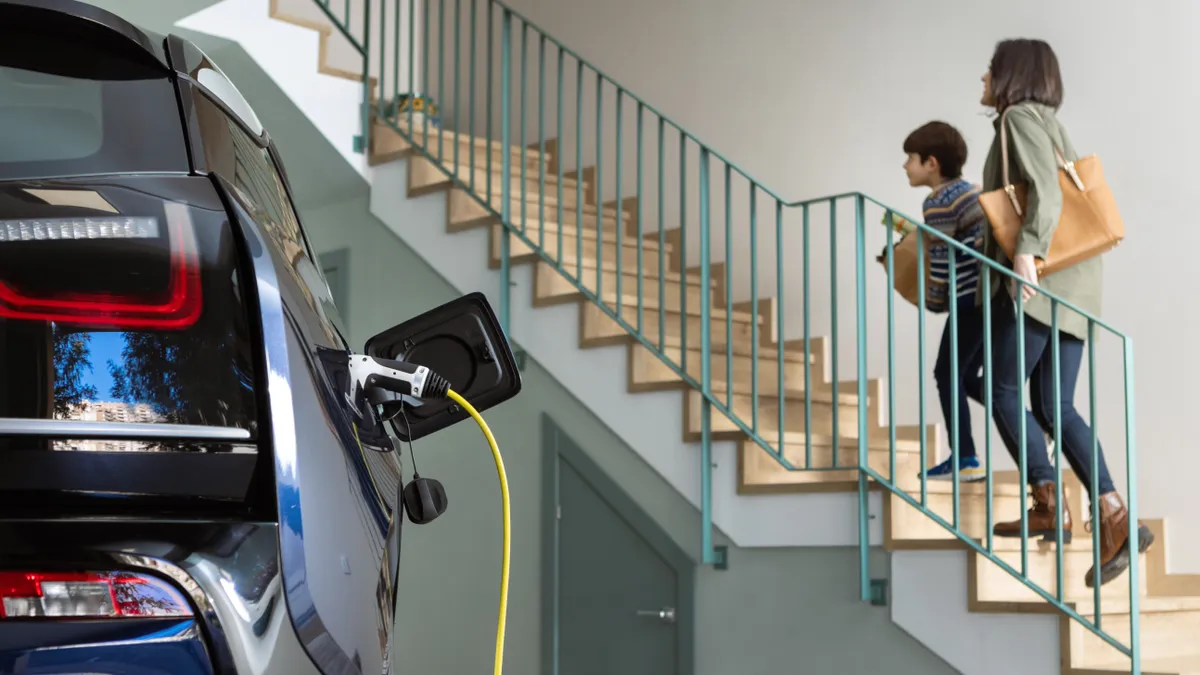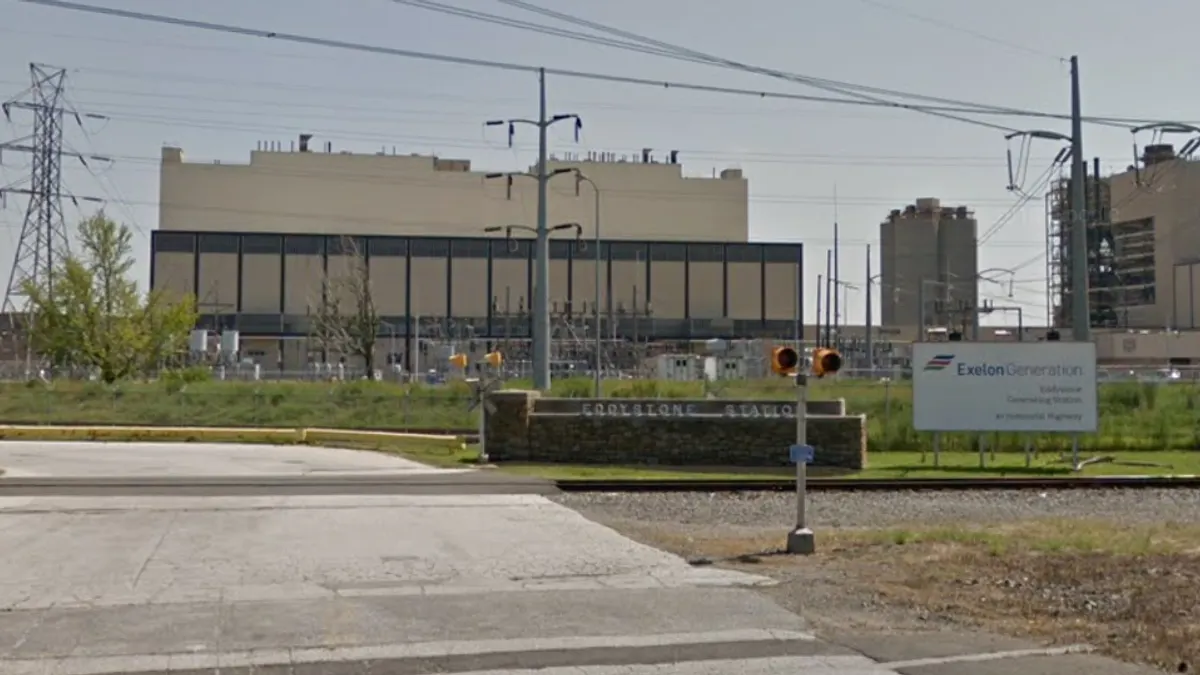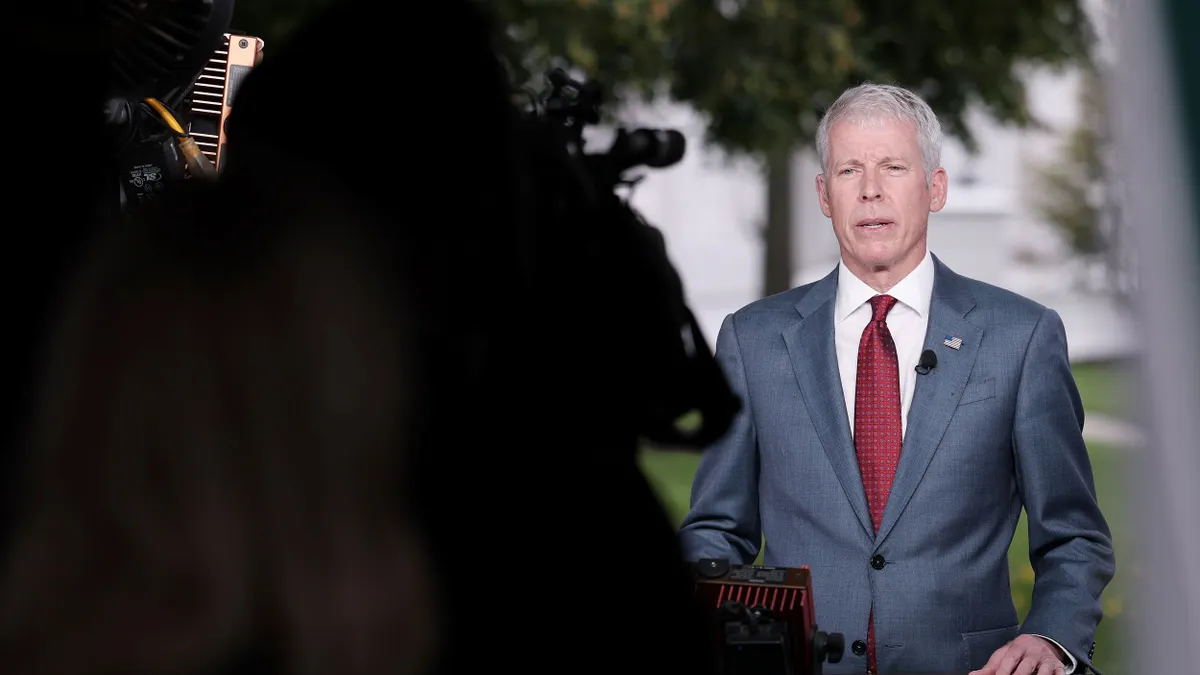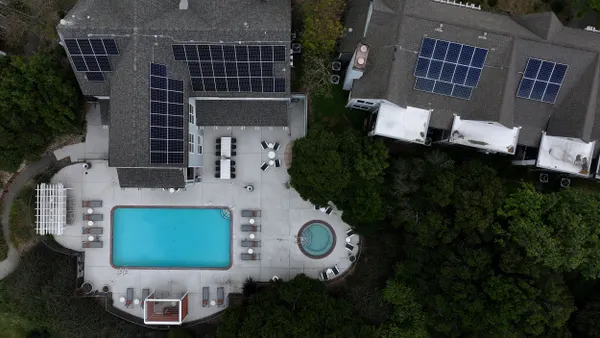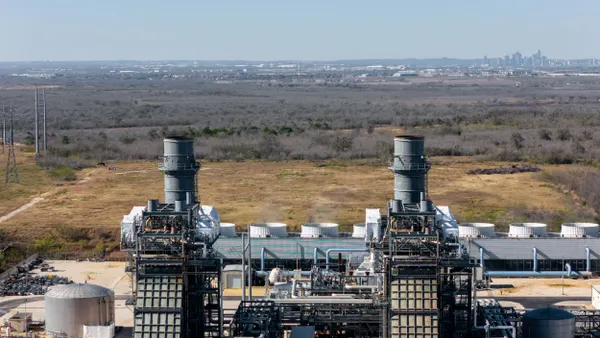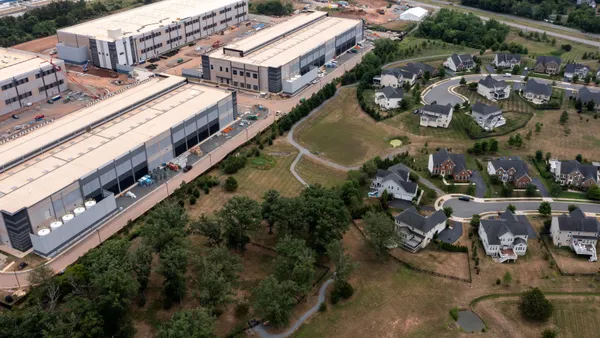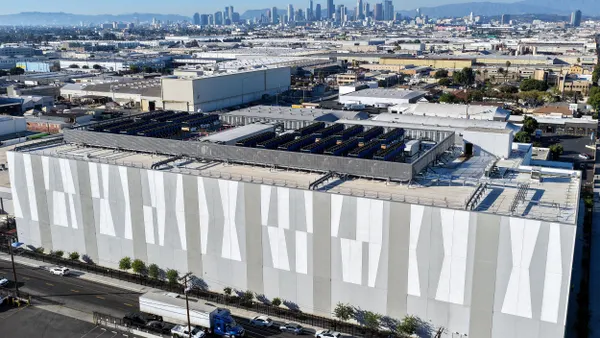With the adoption of electric vehicles, rooftop solar systems, battery storage systems, and smart appliances, the role of the electricity consumer is evolving. Now capable of providing services to support local grid operations, consumers are gradually emerging as important partners for their local distribution utility.
But with rates, programs, and member satisfaction teams all designed around providing service to consumers, how does the utility business model change when procuring services from consumers? And how can utilities prepare to support such change?
The Traditional Utility Business Model
The electric utility business model in the United States has historically centered on providing consumers with safe, reliable, and affordable electricity, paid for through rates and earning the utility a regulated return based on its Cost of Service .
For investor-owned utilities, that regulated return passes on to shareholders – to whom the utility has a fiduciary responsibility to maximize value. For publicly-owned communities, the returns are reinvested into the community, often through capital credits.
Two Megatrends Collide
Increasingly this business model is evolving in response to two massive and intertwining changes to the utility landscape: the impacts of climate change and the rapid adoption of consumer-owned distributed energy resources (DERs).
Communities across the United States are facing increasing frequency and severity of weather-related resilience challenges. Community members in impacted areas have been vocal about their expectation for utilities to better prepare for these events – preventing outages when possible and restoring power faster when needed.
These community members, and quite frequently the state legislators who represent them, are also pushing utilities to decarbonize and avoid contributing to even worse climate impacts – with 20 states passing policies to reduce emissions.
In parallel, utilities are seeing their consumers adopt distributed energy resources, like rooftop solar, batteries, electric vehicles, and smart appliances, at a record pace and independent of the utility.
“Consumers will buy EVs and rooftop solar if it is cost-effective for them, whether it benefits the system or not. Utilities can try to slow that, or they can create market opportunities for consumers to partner with them.” – Chris Villarreal, Plugged In Strategies
As a result, in addition to safety, reliability and affordability, “delivering value” for utilities will increasingly include resilience, decarbonization, and easier adoption of DERs. The traditional utility business model was not designed to support such expanded goals – and new approaches are emerging for how a utility creates, delivers, and captures value.
The Emerging Distribution System Operator (DSO)
The concept of a Distribution System Operator (or DSO) has been broadly discussed as an attractive model for how electricity is delivered to and provided by local consumers. Visions for how a DSO actually operates differ widely, with utilities, research institutions, and DER advocates in California, New York, the United Kingdom, and Australia all providing different versions.
“Right now, the need for a DSO is more concrete than the DSO concept.” – Lorenzo Kristov, The Climate Center
But regardless of the exact form that a DSO might take, every version of the Distribution System Operator model enables consumer-owned resources to provide grid support services – at both the distribution and transmission levels.
Utilities across the country are trialing different approaches to harnessing these DERs for grid support, while still maximizing consumer benefits – often as baby steps towards a full DSO model. The most common examples include:
- Time-varying rates – encouraging the shift of distributed generation and load to times that the grid can better handle, such as California’s Net Metering 3.0
- Voluntary demand response – compensating customers for voluntarily responding to requests to reduce or shift load, such as Vermont Electric Cooperative’s Beat The Peak
- Direct control – providing incentives to enable the utility to directly dispatch consumer-owned devices for grid support, such as Holy Cross Energy’s Power+ Program
Each of these approaches incentivize consumers to align their device’s interaction with the grid to support our power system. As utilities move towards large-scale, real-time dispatch and coordination of DERs, new methods of compensating consumers, including distribution-level markets, will emerge – and will likely have a profound impact on how utilities interact with consumers.
Growing Momentum For Performance-Based Regulation
Alongside the emergence of the DSO, regulators and consumer advocates in 17 states have pushed to explore a shift away from Cost of Service regulation towards Performance-Based Regulation (PBR). PBR is an alternative to Cost of Service that focuses on desired, measurable outcomes instead of basing returns on total capital installed or “rate bases”.
The use of PBR is intended to better align the utility business model, especially for investor-owned utilities, with an expanding set of goals and responsibilities. Nearly every state putting forward PBR efforts includes a combination of safety, reliability, affordability, resilience and decarbonization performance metrics – often with the addition of customer satisfaction and equity.
The shift towards PBR is likely to be one of the most significant changes in how investor-owned utilities earn a return for their shareholders and how community-owned utilities interact with their members. From a consumer perspective, the increased focus on metric-driven improvement will encourage utilities to offer new avenues for distributed energy resources to play a role and be fairly compensated. Utilities will finally have a way to earn a higher return from making decisions like deferring asset upgrades.
While such change takes years to implement (New York REV began in 2014), forward-looking utilities can get ahead of the shift towards PBR by providing new options for consumer participation and by working to evolve their relationship with regulators to better align utility returns with positive community outcomes.
Preparing For Change
All of these changes coalesce into a complicated landscape for what the future utility business model will look like. But regardless of the exact version that emerges, utilities can and should prepare for change.
At Camus, we believe that bringing together the relevant utility operational systems – SCADA, GIS, DMS, AMI, etc. – with DER and customer data is a crucial step that utilities should take today to better understand how DERs can support their grid. A DER orchestration platform – which adds grid awareness and market integration to traditional DERMS capabilities, can help grid operators tackle today’s challenges, evolve their business models to treat consumers as partners, and take an important step towards a DSO future.
Hear From Utility Executives Live At Distributech
Interested in hearing how leading utilities and technology providers are thinking about the evolving role of their customers and members?
Join Audrey Zibelman (former New York PSC Chair and former CEO of AEMO), James Conrad (Director of Distribution Operations for PPL Electric), Cyril Brunner (Innovation Lead of Vermont Electric Cooperative), and Astrid Atkinson (CEO of Camus Energy) for a live panel discussion on Tuesday, February 7th at Distributech.
Can’t make it to San Diego? Subscribe for the post-panel recap.

